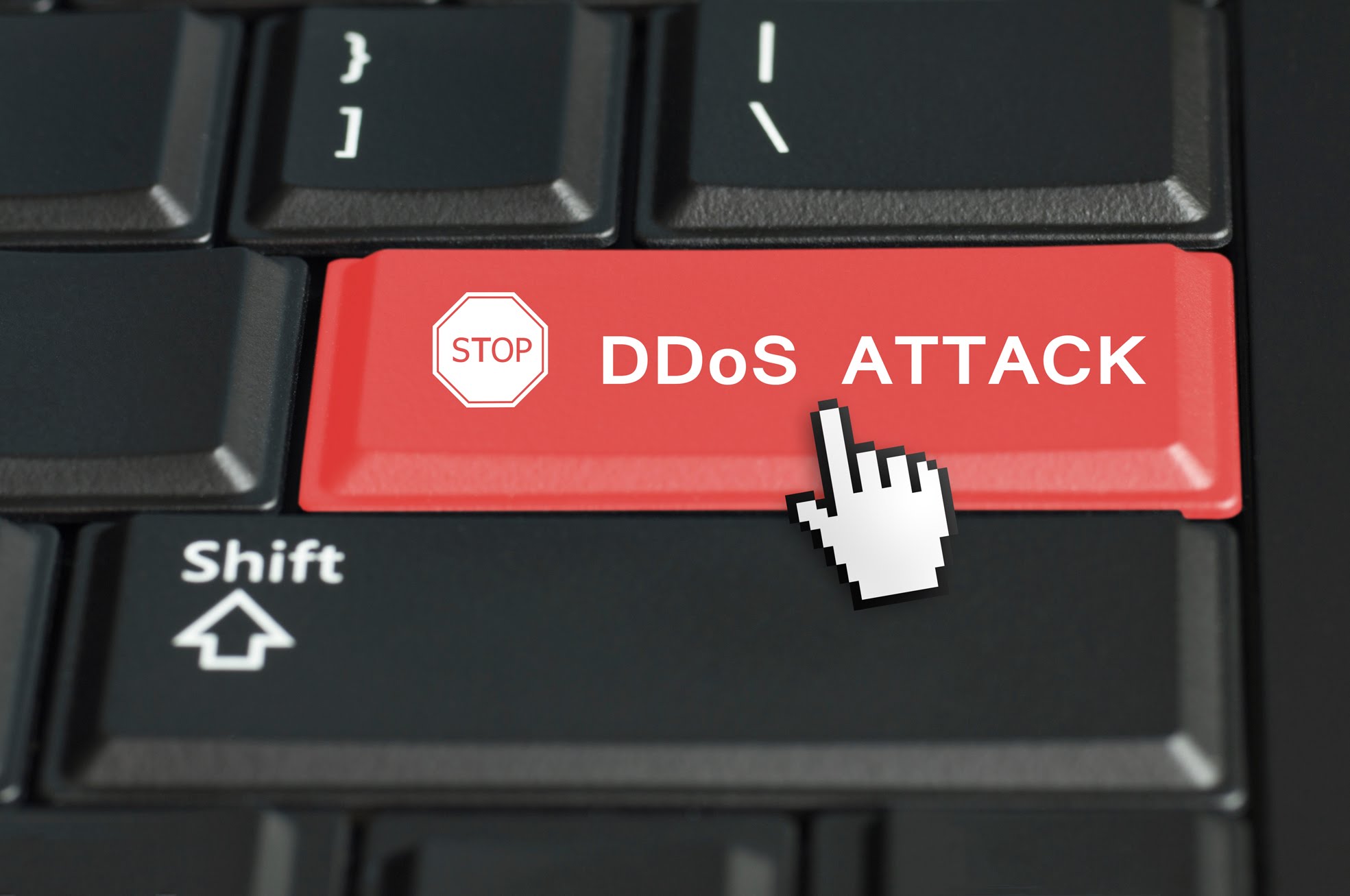advertisement
How this Indian CIO got way ahead in the fight against DDOS attacks
For the past few years, India and its IT teams have been in a constant state of war with malware,…

For the past few years, India and its IT teams have been in a constant state of war with malware, hackers, insidious employees and everything that is a threat to their information security. The only strategy applied, and it wasn’t an effective one, was to deal with the after-effects of the attack. But one CIO believed in the age old adage: Prevention is better than cure, and secured the most critical applications of the company from DDOS attacks.
“Today, not many companies have implemented in-house DDOS protection though it is the ideal way of preventing denial of service attacks. If done only at the network service provider through clean pipes, it doesn’t give full protection,” says Joydeep Dutta, group CTO, Central Depository Services Limited.
According to a recent report released by Akamai, India stands in the fourth position for being the origin of non-spoofed DDOS attacks. Of all the attacks, 7.43 percent originated from the country.
advertisement
The project was therefore a high priority for Dutta as the company’s core depository application, electronic voting for company resolution and other critical applications were Web-based.
Not wasting any more time, as the threat loomed large, Dutta implemented an in-house DDOS protection and Web Application Firewall for additional security above the capability of traditional network firewalls. “By implementing Web application firewall (WAF), the internet-facing applications which are part of the core applications for most organizations were additionally protected,” he says.
Further explaining the project, Dutta says that the in-premises DDOS equipment is the first layer of defense in the on-premise infrastructure. All the other equipment such as ISP routers, firewalls etc., at customer premise, are underneath this.
advertisement
“A set of security modules including Denial-of-service (DoS) protection, Network Behavioral Analysis (NBA), Intrusion Prevention System (IPS), Reputation Engine and Web Application Firewall (WAF), fully safeguard networks, servers, and applications against known and emerging network security threats,” Dutta says.
Another novel thing about the project was the built-in security event information management system which collects and analyzes events from all modules to provide enterprise-wide views.
CDSL reaped huge benefits from the on-premise DDOS implementation. “It was easy to proactively monitor the security features of these devices to decide necessary actions to be taken,” he says. It was now easy to black-list the vulnerable IP list received regularly from NCIIPC. It was also possible to stop repeated attacks with the help of the device.
advertisement
Thus, Dutta set an example for his peers to follow by securing the organization against the looming security threats. You too get going.